Want to know what a "fudanshi" is? Have you heard the term "fujoshi" in a manga without knowing what it refers to?
Let's break it down.
Japanese culture is fascinating and full of concepts not always understood in the West. Moreover, despite their popularity in our countries, manga sometimes deal with certain customs that leave the readers doubtful. The fudanshi phenomenon is a perfect example.
The fudanshi is a male person who enjoys entertainment works featuring homosexual relationships.
But as you will see, this is a much more subtle trend than it seems.
History and origin of Fudanshi manga
It all starts with the public's interest in Japanese works such as manga and Japanese anime, which have grown considerably in the literary world, forming their own industries. With such a flourishing industry, the content has multiplied in Japan, creating more and more new sub-genres in the process.
The more sub-genres there are, the more specific fans there are for these new branches. Like in music with the different rock trends for example, where we find grunge fans, punk fans or heavy metal fans.
In the same vein, fudanshi is the name given to male fans of a certain category of Japanese art. Here, we are talking about Yaoi manga fans.
But before the term fudanshi, there was first the term "Fujoshi". It is a term that grew in the early 2000s on 2-chan, a Japanese messaging site that was very popular at the time and identified girls who were fans of the same kind of works.
Fudanshi and Fujoshi ethymology

Japanese being a language that lends itself well to puns. The term "fujoshi" (腐女子) is a proof of this since it can be used to mean "rotten girl", but it is also a homophone that can be written「婦女子」and means "respectable woman".
So Fujoshi is a witty and humorous word that can mean two opposite meanings. It was coined by the fujoshi themselves, which shows their irony and self-deprecation!
The term fudanshi is the male meaning of fujoshi, it came afterwards with its kanji which is written 腐男子.
Yaoi meaning (and Yuri)
Before we fully explain what fudanshi is, we must first understand a few subgenres of anime and manga.
Many Japanese media consumers are adults and there are categories especially for them. Like media with explicit content such as sexuality.
The genres that deal with these themes in the media are styles in their own right and have names.
In this case, Yaoi is the Japanese term for the genre that deals with homosexual relationships between two men. "BL" is occasionally used as an abbreviation for "Boy's Love" and the stories between the two men can be either sexual or romantic manga or both.
It is important to note that the yaoi genre is not intended to target only gay men. It is even more aimed at a female audience and is usually written by women.
The female counterpart of the genre exists and it is called "yuri", or "Girl's Love". This genre is originally aimed at a male audience, but the female audience is also sensitive to it.
Fudanshi meaning (and Fujoshi)

Now that we have laid the groundwork, it is easier to understand what a "fudanshi" is. It is a term used to refer to a man who likes to consume yaoi anime and media.
Literally, it is an expression with sometimes pejorative connotation that means "rotten boy". However, a fudanshi doesn't have to like yaoi exclusively even if he will always be associated with it. Besides, even if he reads or watches yuri media, he will still be considered as a fudanshi.
Women can also like to follow yaoi or yuri manga stories. For them, we use the term "fujoshi". They are more common than fudanshi, probably because they feel more comfortable with homosexuality and they more easily assume to like stories about it.
The nuance to know: men can less naturally claim to be fudanshi without being considered or judged for what they like, so they are less likely to display it with pride. Fujoshi, on the other hand, proudly assume it and are so widespread in anime fan communities that they are also the subject of sub-genres.
If Boy's Love or Girl's Love mainly feature homosexual relationships often tinged with humor, opening the way to the most comical situations, most of the authors and the fujoshi and fudanshi themselves are mostly heterosexual.
To summarize: a fudanshi is a fan of manga that tells stories about homosexual men. He is also said to like "boy's love" media. He may also like stories involving homosexual women. For its part, the term fujoshi refers to women who like these same stories.
Fujoshi (and Fudanshi) styles
Although these subtypes are not "officially" accepted, they are applied to fudanshi to name the specific "type" of yaoi or yuri fan that they are.
Here are four of them:
- the fujoshi: he likes to follow any kind of homosexual relationship without any particular preference.
- the fujoshi kainochi: he is attracted by the dominated or submissive character of the couple.
- the fujoshi yunoshi: he feels closer to the dominant characters.
- the pandajoshi: he likes both characters of the couple without distinction but does not want to be considered fujoshi
Other subtypes even more nested also appear according to the trends.
To help you discover the yaoi universe, here is a small selection of the most emblematic mangas of the genre.
Here are three examples of fudanshi manga!
Fudanshi Kôkô Seikatsu
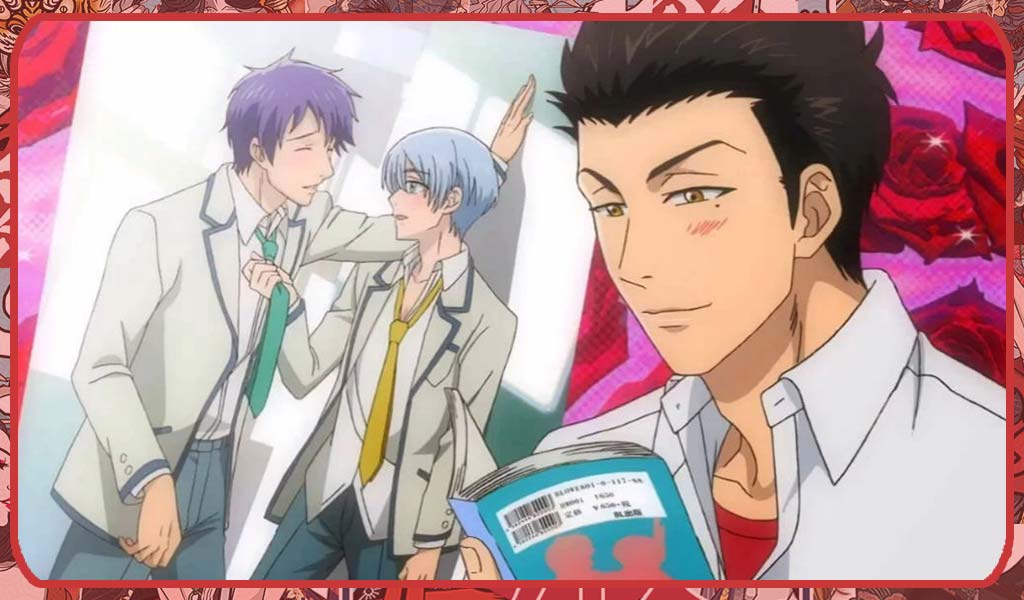
In what could be an autobiographical story, Fudanshi Koukou Seikatsu is a 2016 anime about a fudanshi character. So it's the perfect example to understand the concept of fudanshi.
Sakaguchi Ryou, nicknamed "Gucchi," is a heterosexual male fanatic of Boys' Love, a fudanshi, but because he is a boy, he sometimes feels embarrassed to display his interest in these stories. In the course of the story, he befriends many interesting characters, including other Boy's Love fans like himself.
Thus, with the fujoshi Rumi, the fudanshi Daigo and his homosexual friend Yuujirou, they will experience life in high school, which will often lead to hilarious situations!
Hato Kenjiro from Genshiken: Nidaime
Based on the original Genshiken series, this anime tells the story of Sasahara Kanji, a first-year university student, and his experiences in the Genshiken student society.
Kanji joins the club in order to share around manga and anime until the day comes for the semesterly recruitment of new members. Most of the new members are attracted by a poster of Boy's Love drawn by one of the Genshiken members, which would suggest that the club is a gathering of yaoi fans.
Filled with hope, Hato Kenjiro joins Genshiken as the only male recruit believing that he is surrounded by fudanshi like him. He realizes his mistake and goes to the club's meetings disguised as a charming young woman so that he can attend without suffering prejudice.
Arai Tamako from Barakamon

Handa Seishuu, a great hope of calligraphy, hits the curator of an art gallery one day during an exhibition. His parents decide to send him to the remote Goto Islands, a rural area that contrasts with the hustle and bustle of Tokyo he is used to. Finding himself in a new environment, Handa must adapt to his new life, while working on a style of calligraphy that will bring him recognition.
One of her many neighbors is none other than Arai Tamako, 14 years old, high school student, otaku and aspiring mangaka. Tamako is reserved and keeps everything to herself, except when it comes to talking about manga.
Tamako is a fujoshi who doesn't assume herself and her interest in male relationships will take a new turn when she will catch Handa and Hiroshi, another villager, kissing. This will provoke a crisis in her...
Reading these brief summaries, you can see that the universe of yaoi is not content to be as binary and simple as the genre suggests. On the contrary, by complexifying the relationships, it approaches new and sometimes funny situations!
Yaoi, a genre of manga that has its fans!
Now you know, fujoshi and fudanshi are only very passionate fans of manga of a genre called Yaoi or Boy's Love.
They appear in many different anime and often add spice and humor to all kinds of situations. They are usually funny characters, a bit offbeat and misunderstood.
Although, as we know, anime likes to exaggerate certain aspects of life and the tendencies of fujoshi and fudanshi in manga can reflect those same tendencies in real life.
If this article has aroused your curiosity, you could know more about the different types of Japanese manga!




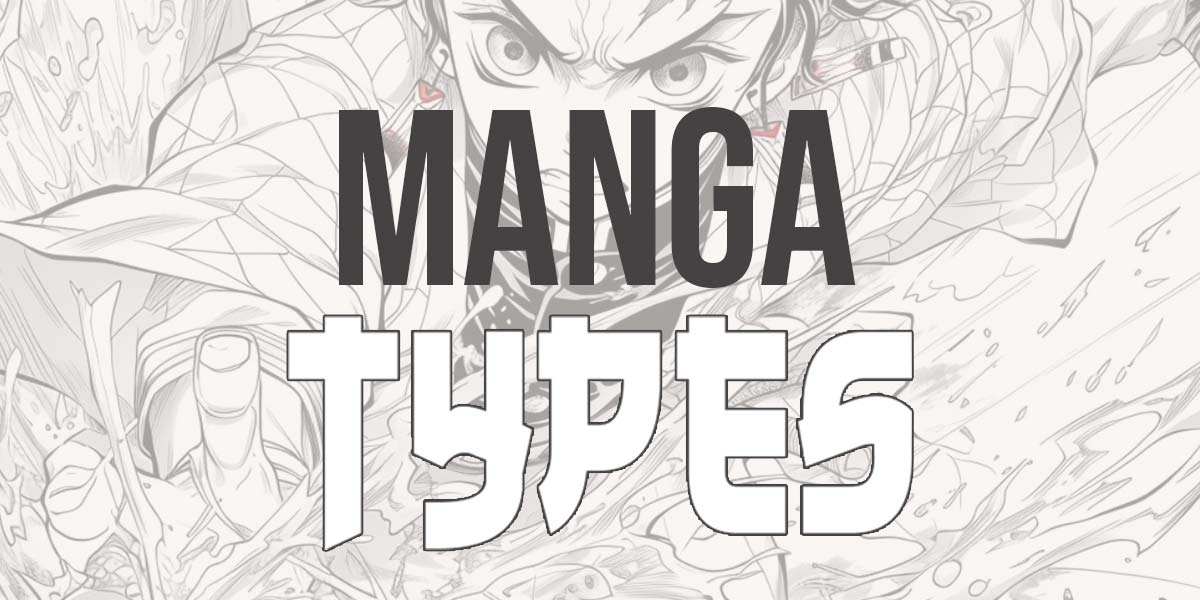


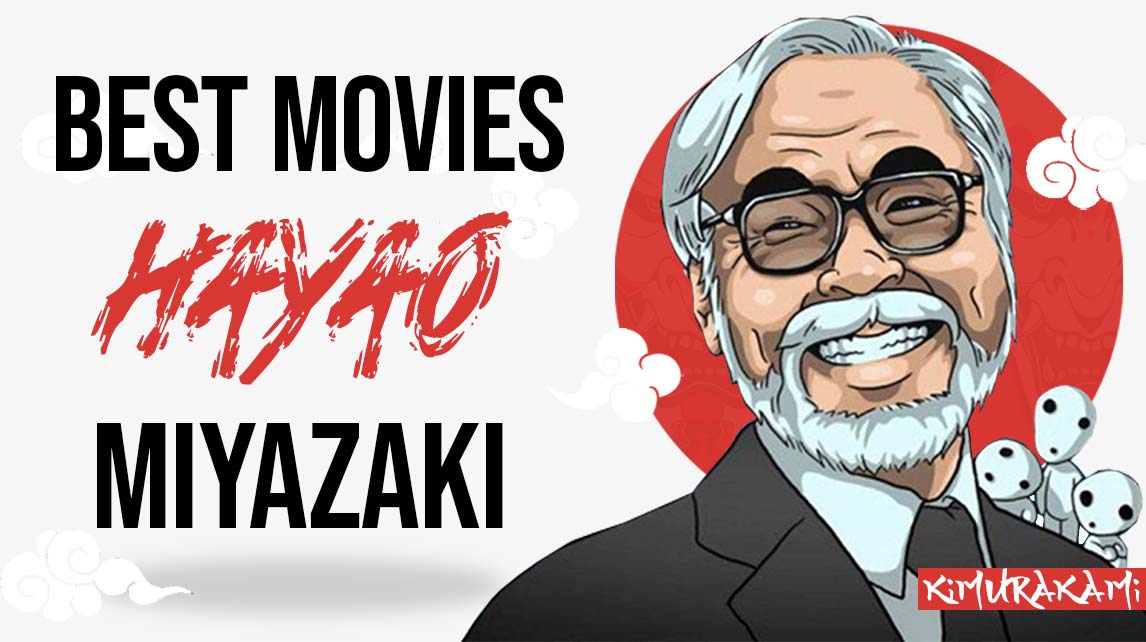
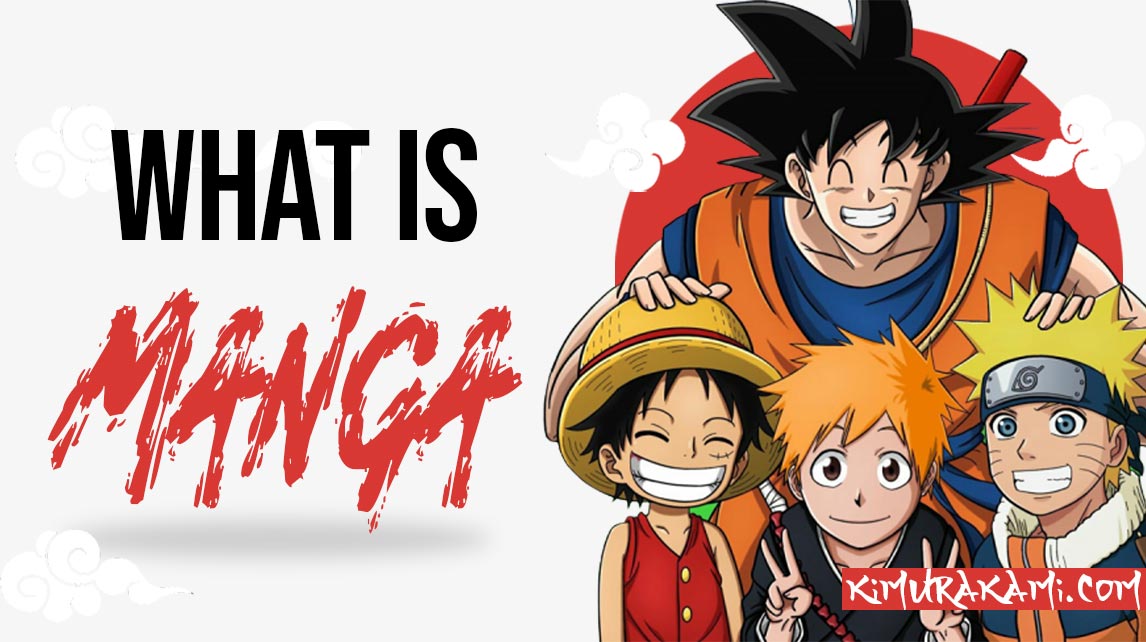
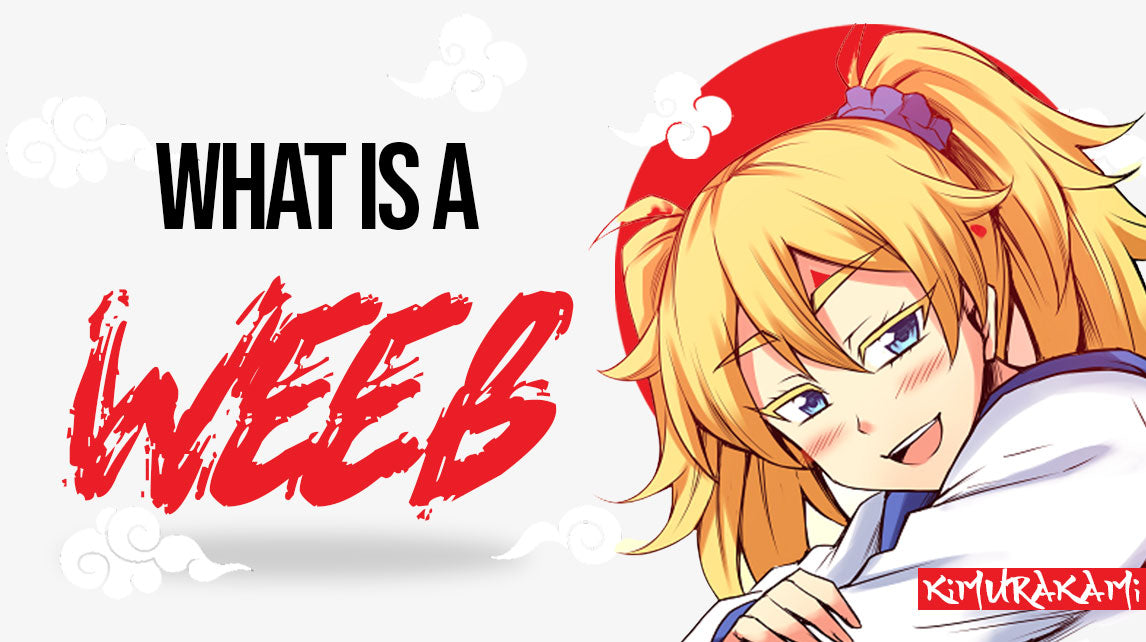
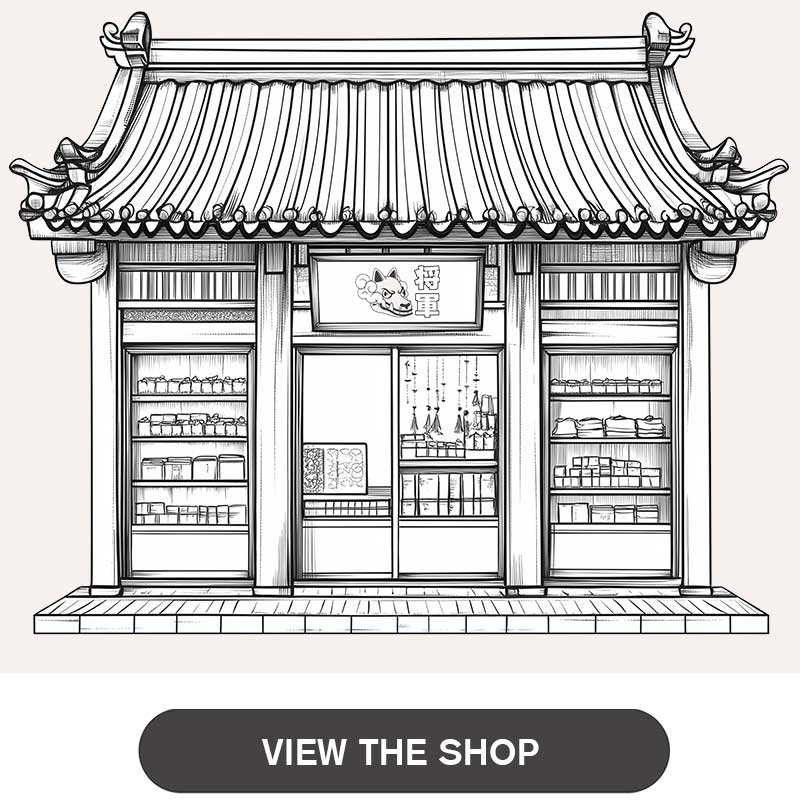
Leave a comment